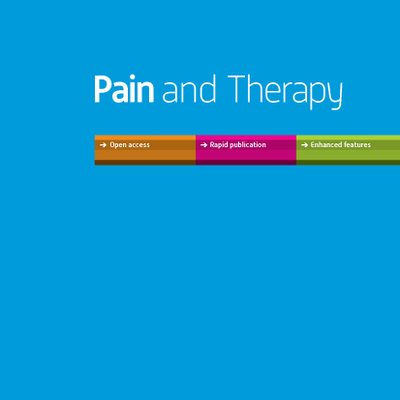
Extracorporeal Shockwave Therapy + Lidocaine Injection for Frozen Shoulder

Extracorporeal Shockwave Therapy + Lidocaine Injection for Frozen Shoulder
Additional Effect of Extracorporeal Shockwave Therapy with Lidocaine Injection on Clinical and MRI Findings in Frozen Shoulder: A Prospective, Randomized, Double-Blinded, Placebo-Controlled Trial.
Pain Ther . 2024 Apr;13(2):251-268.Did you know you're eligible to earn 0.5 CME credits for reading this report? Click Here
Synopsis
Sixty patients with frozen shoulder were randomized to receive either lidocaine injection with active extracorporeal shockwave therapy (ESWT; n=30) or lidocaine injection with placebo ESWT (n=30). Outcomes of interest were pain intensity measured by the visual analog scale (VAS), the thickness of the coracohumeral ligament (CHL) assessed by MRI, abduction and lateral rotation range of motion (ROM)...
To view the full content, login to your account,
or start your 30-day FREE Trial today.
FREE TRIAL
LOGIN
Forgot Password?
Explore some of our unlocked ACE Reports below!

Learn about our AI Driven
High Impact Search Feature
Our AI driven High Impact metric calculates the impact an article will have by considering both the publishing journal and the content of the article itself. Built using the latest advances in natural language processing, OE High Impact predicts an article’s future number of citations better than impact factor alone.
Continue



 LOGIN
LOGIN

Join the Conversation
Please Login or Join to leave comments.